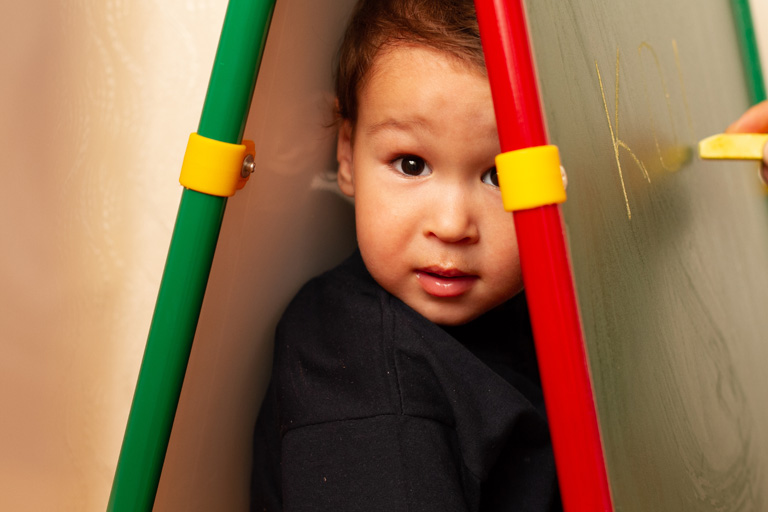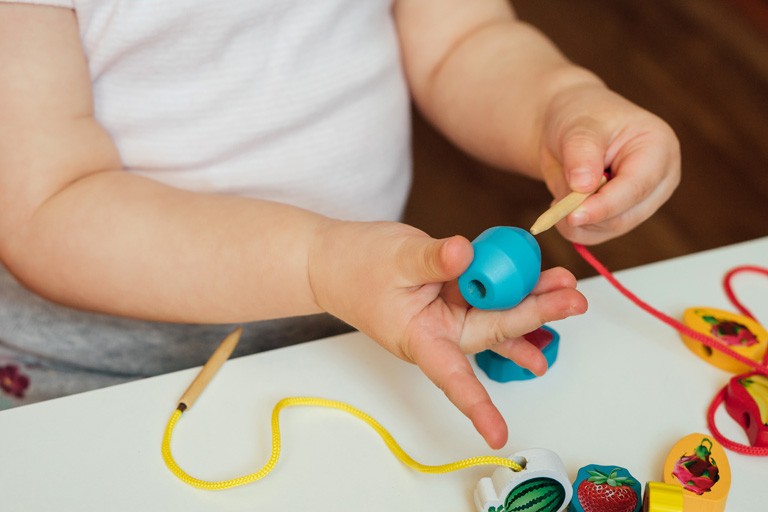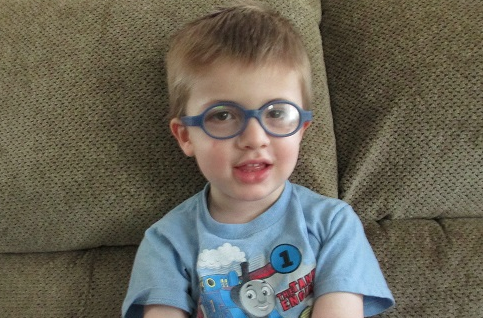
What is Brain-Based Visual Impairment or CVI?
January 21, 2019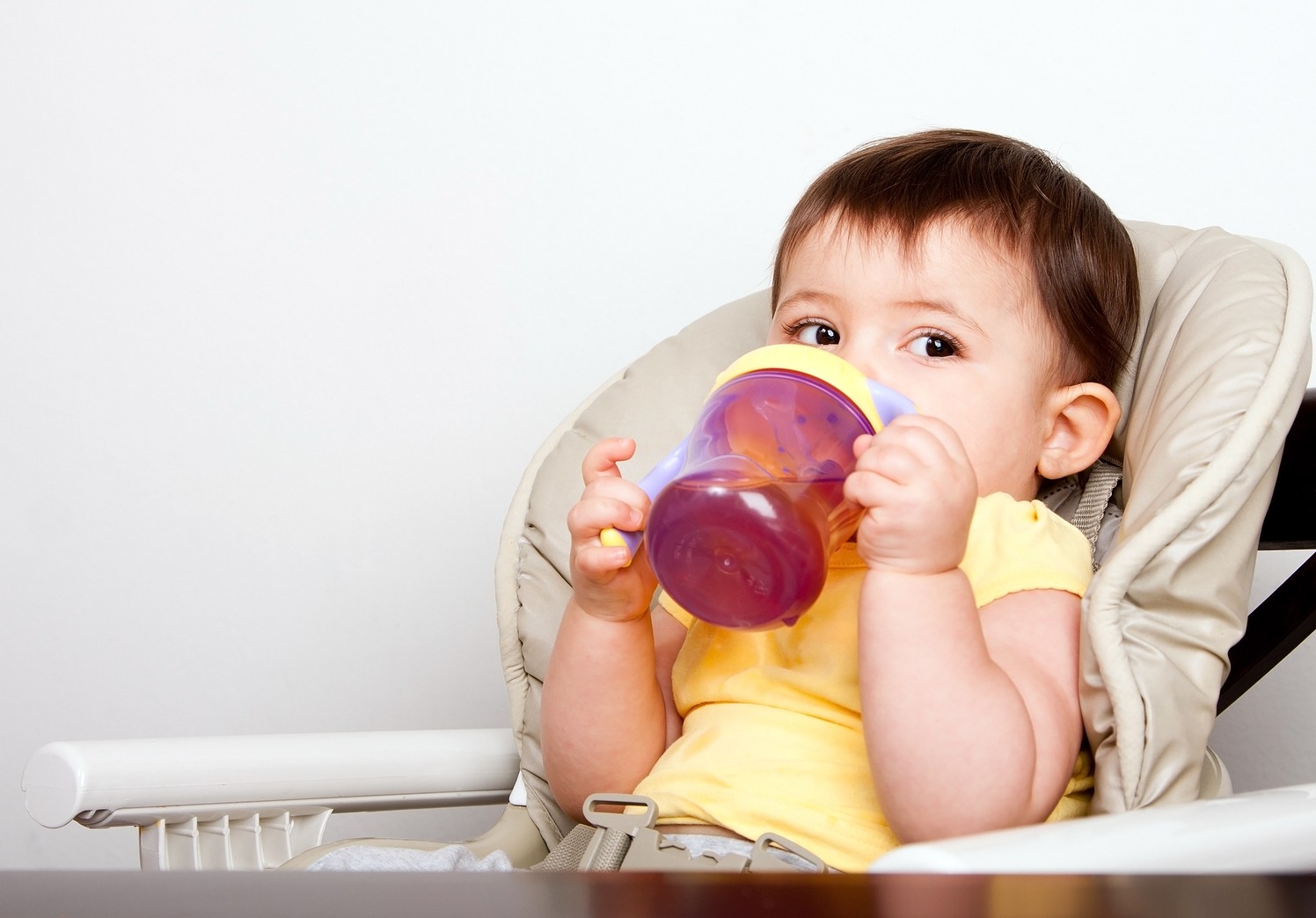
Teaching Your Child to Drink from a Straw Cup
February 1, 2019By Katie Shroyer, PT, DPT, CBIS TEIS Physcial Therapist
Do you feel like your child’s arms and/or legs are “stiff” or difficult to move when attempting to change her diaper or help her put her clothes on? If so, it is possible that your child has “high tone,” which is also known as hypertonia. The definition of “high tone” includes muscles that are tough to move when attempting to stretch them. High tone may be caused by a premature birth or an injury to the brain or spinal cord (i.e. stroke, brain injury, seizures). Sometimes the tightness may be noted regardless of how fast or slow you try to move their arms/legs (often referred to as spasticity). Other times, it may only occur when trying to move your child’s arms/legs quickly (often referred to as rigidity).
Symptoms of “high tone” include:
- Tendency to hold arms and/or legs in the same position most of the time
- Difficulty reaching for rattles, food, utensils, sippy cup
- Tendency to move arms and legs all at one time in the same direction
- Difficulty staying in positions for an extended period of time (i.e. sitting, on hands and knees)
- Difficulty moving in and out of positions, including from the floor to sitting up and sitting to standing
- “Bunny hop” while crawling or walking (i.e. legs move together rather than separately)
A child with “high tone” may experience a delay in one or more areas of development due to the child having difficulty moving his arms and/or legs. “High tone” may be noticed in the entire body or confined to one area of the body (i.e. arms or legs).
What should I do if I suspect my child has “high tone?”
First and foremost, please talk to your pediatrician. Therapies may be recommended by your pediatrician. This may include physical therapy, occupational therapy, or speech language therapy to help guide you and your child in appropriate stretching, strengthening, and functional activities. Suggestions may be made on how to temporarily reduce the muscle stiffness through joint compressions, taping, and/or vibration. Therapists may also help with providing guidance on how to assist your child to transition between different developmental positions more smoothly, offer strategies to optimize the position of your child’s body during play activities, and, if appropriate, suggest possible bracing and/or serial casting. With some collaboration and practice of specific activities, your child will surely be playing alongside of both you and his friends/siblings in a short period of time!

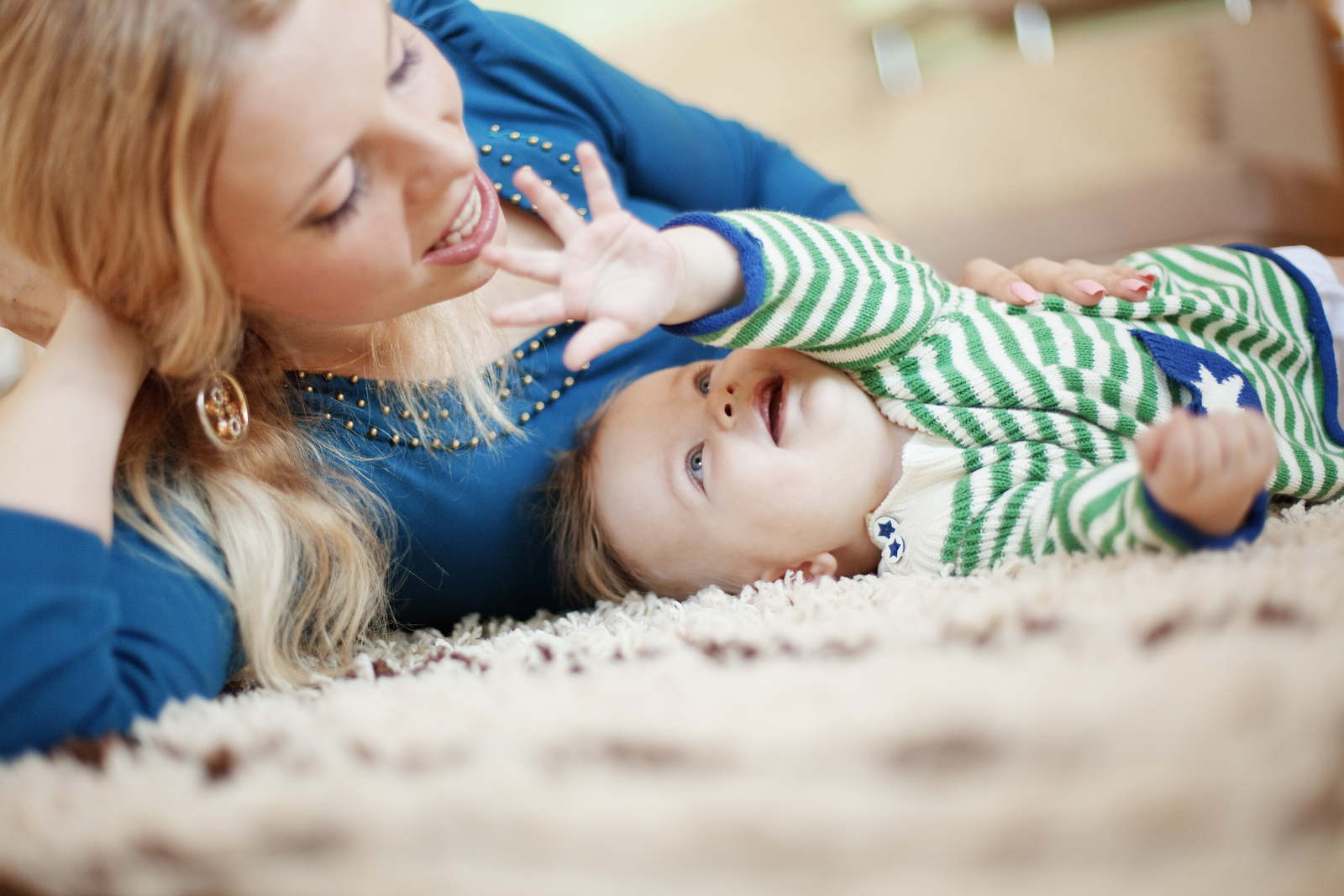
 Send to a friend!
Send to a friend!
